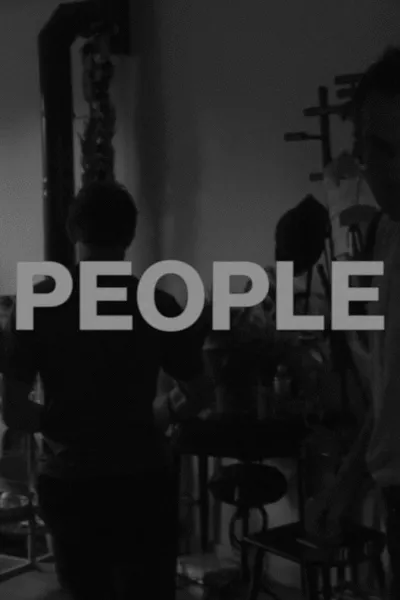Berlin under Construction (1946)
December 1, 1946Release Date
Berlin under Construction (1946)
December 1, 1946Release Date


Plot.
Where to Watch.
Details.
Release DateDecember 1, 1946
Original NameBerlin im Aufbau
StatusReleased
Running Time22m
Genres
Last updated:
This Movie Is About.
Wiki.
Berlin im Aufbau (English: Berlin under Construction) is an East German documentary film directed by Kurt Maetzig, one of East Germany's most respected film-makers, between 1945 and 1946. It was a prominent 22 minute documentary, released in 1946 and produced by the DEFA film company. Maetzig was assisted in the assembly of the film by Marion Keller, who had also scripted and organized several other propaganda films of the late 1940s.
The film has historical significance in that it documents the first phase of the rebuilding of the destroyed city of Berlin after World War II and was one of three documentaries produced in the immediate aftermath examining the reconstruction of the city. The documentary explores the redevelopments in culture, transport, health care and education, industry and trade, compiled using newsreel footage of eyewitnesses. It also explores the marked social changes since the fall of Nazi Germany; in one scene a Jewish carpenter is helping a German man on a rooftop reconstructing it.
The film is essentially a propaganda film, intended to raise the morale of the people after the devastation and showing promise to the nation in the redevelopment programme. However in making the film, like Joop Huisken, who was assigned to make a similar film of Potsdam entitled Potsdam baut auf, Maetzig was careful not to exaggerate the achievements and courage of the people, keeping it realistic. Like other similar "Aufbau" films, this one begins with a brief German history, and provides a narrative showing how the disordered past can be put back into order, and how through their diligent labor, the German people can be seen as productive members of a post-war society. The film also highlighted post-war perceptions of gender in that females were typified as being wives and girlfriends while also being acceptable as equal partners in the workforce.
You May Also Like.

Detective Conan: Captured in Her Eyes (2000)

When Fall Is Coming (2024)

Godzilla vs. Hedorah (1971)

A Woman of Paris: A Drama of Fate (1923)

The Life of Emile Zola (1937)

Kannur Squad (2023)

L'Argent (1983)

The Brave Little Toaster Goes to Mars (1998)

Doctor Who: The Next Doctor (2008)

I Want to Live! (1958)

Moscow, I Love You! (2010)

National Family (2023)

The Brattt (2024)

Teddy Pendergrass: If You Don't Know Me (2018)

Why Does Herr R. Run Amok? (1970)

People (2021)

Farewell Moscow (1987)

Panda (2019)





